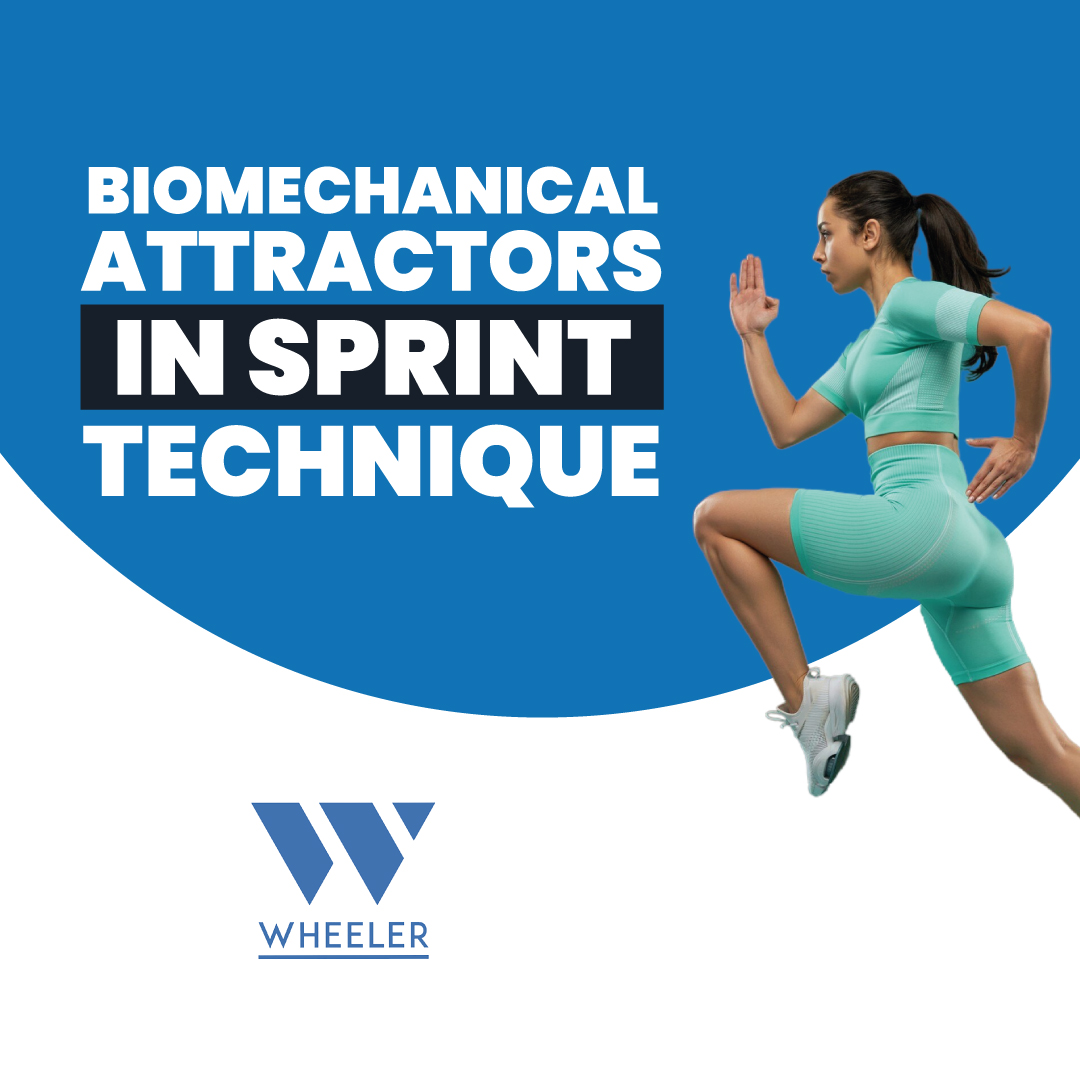Biomechanical Attractors in Sprint Technique
Sprinting is a fundamental discipline in athletics, characterized by high-speed, precise technical execution. In the biomechanical study of this technique, biomechanical attractors play a crucial role in describing how movement patterns stabilize for optimal performance. These attractors represent stable movement patterns that emerge from the interaction between biomechanical forces and the individual characteristics of the runner.
Concept of Biomechanical Attractors
In biomechanics, attractors are movement patterns that the motor system tends to follow under specific conditions. They are stable configurations toward which movements tend as the athlete performs a sprint. In other words, biomechanical attractors reflect how the body organizes and adapts to maintain movement efficiency and effectiveness during sprinting.
Characteristics of Biomechanical Attractors in Sprinting
- Body Position: During a sprint, the body position adapts to maximize speed. Biomechanical attractors include a forward trunk lean with a specific angle that optimizes the force applied to the ground. The ideal lean helps maintain balance and propels the runner forward.
- Leg Movement Cycle: The leg movement cycle, which includes the flight phase and support phase, stabilizes into specific attractor patterns. The stride length and frequency are key elements. Biomechanical attractors ensure that the leg cycle is consistent and efficient, minimizing wasted energy and maximizing speed.
- Arm Action: The arms play a vital role in sprinting, helping to maintain balance and generate additional force. Biomechanical attractors in this area define harmonious movement patterns where arm movements are synchronized with the leg cycle to maximize sprint efficiency.
- Force Generation: The ability to generate force during a sprint is influenced by stable biomechanical patterns. The interaction between propulsion force and ground resistance adjusts to biomechanical attractors that favor acceleration and speed. Optimizing the force applied during the support phase is crucial for reaching maximum speed.
Impact on Sprint Technique
Biomechanical attractors are fundamental to sprint technique because they provide a stable framework for efficient movement execution. Athletes who adapt to these stable patterns tend to display more consistent and higher-quality performance. For example, a proper trunk lean and precise synchronization of leg and arm movements can significantly improve sprint speed and efficiency.
Identifying and adjusting biomechanical attractors can be crucial during training. Coaches and physiotherapists can use biomechanical analysis to identify deviations from optimal patterns and work on specific adjustments to improve technique. This may include correcting posture, optimizing the leg cycle, or synchronizing arm movements.
Conclusion
In summary, biomechanical attractors are essential elements for understanding and optimizing sprint technique. They represent stable movement patterns that emerge from the interaction between biomechanical forces and the individual characteristics of the athlete. By studying and adjusting these patterns, coaches and athletes can enhance sprint efficiency, optimizing performance and reducing the risk of injury. Biomechanics, through the concept of attractors, offers a valuable perspective for reaching maximum potential in this athletic discipline.
Author


